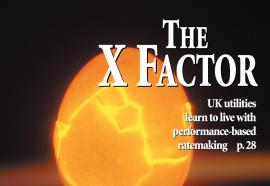Low-Tech vs. High-Tech AMP: The 21st Century IT Debate
Some want to cut costs, others to improve service.
Uncertain economic times have always moved companies to find ways to cut costs. Utilities and energy companies are no different. They have turned to automated meter reading (AMR) during the past years in increasing numbers.
But many technology experts disagree on strategy: should utilities go high-tech or low-tech on AMR?


